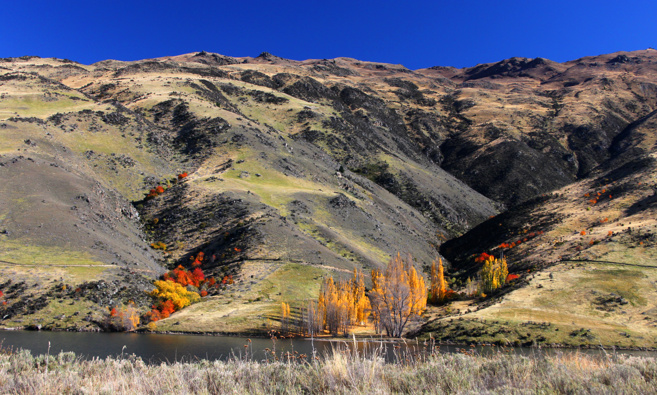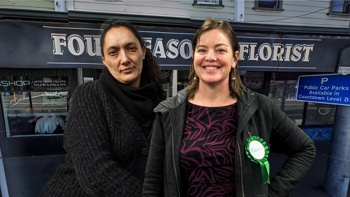Let’s concentrate on the N, P and K.
Nitrogen is the stuff that makes plants green; this molecule provides the building blocks for Chlorophyll. If you have plants that are valued for their leaves and green stems (grass, lawns, lettuce, ornamental trees and shrubs) they will need more N than say P or K.
Plants with important roots (carrots, parsnips, potatoes) and other underground organs that will grow as they explore for “food in the dark”; they need a little bit more P (Phosphate) to do just that.
And the K (Potash) is for reproduction.
Plant reproduction is of course mostly through flowers, which are pollinated and hence become fertilised to produce seeds and fruits which, when deposited on soil, will yield new seedlings.
That means that flowering plants and fruiting trees, shrubs, vines and berry bushes, really appreciate an extra dollop of potash, just to keep the cool stuff coming.
But in Autumn temperatures are going down and most plants, trees and shrubs will slowly stop growing to prepare for winter. They simply don’t need a lot of fertiliser at all – in fact many of them slowly stop taking in these food molecules.
Generally speaking: if you would fertilise plants in autumn the plant may try to create some more new leaves – roses (and quite a few other plant species) would do that in late summer and autumn. Those soft, new leaves will be very susceptible to frost damage.
Not advisable!
Right now, a lot of shrubs and trees are trying to prepare for winter by storing the N, P, K and such valuable macro or micronutrients before they drop the leaves. Those nutrients are “stored” in the twigs, stems and woody parts; the leaves will discolour to reds, oranges and yellows,
Those autumn colours literally look like deficiency patterns – mind you, they look beautiful! Just visit Central Otago.
One thing I would fertilise from now on is the compost bin!! If I use the Seaweed Tea, its nutrients will encourage tiny critters and bacteria, fungi etc., to develop in the compost. That results in a much quicker decomposition and more fertility when you use that compost in spring.
Another good use of fertiliser is for Cymbidium orchids! These plants are often grown in warmer areas (out of the frosty zones) and will appreciate a high K (potash) diet in autumn and winter so they can produce a heap of flower buds in late winter.
Similarly certain bulbs would like a bit of slow-release food, to develop their own flowers or even more bulbs. Think about Garlic and shallots! Winter is often their growth time.
LISTEN ABOVE
Take your Radio, Podcasts and Music with you










